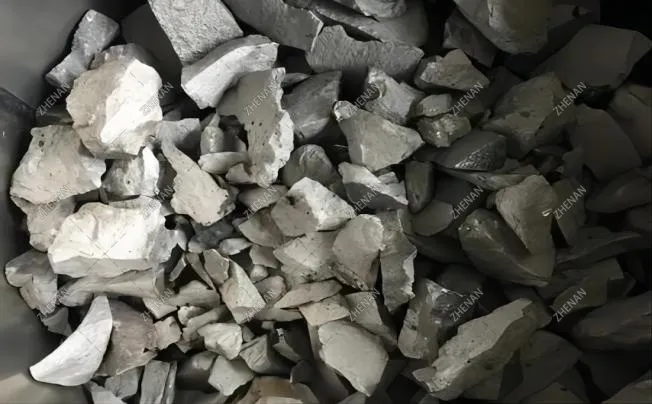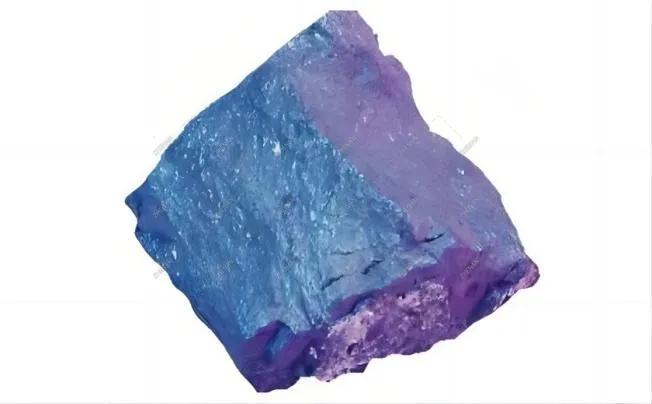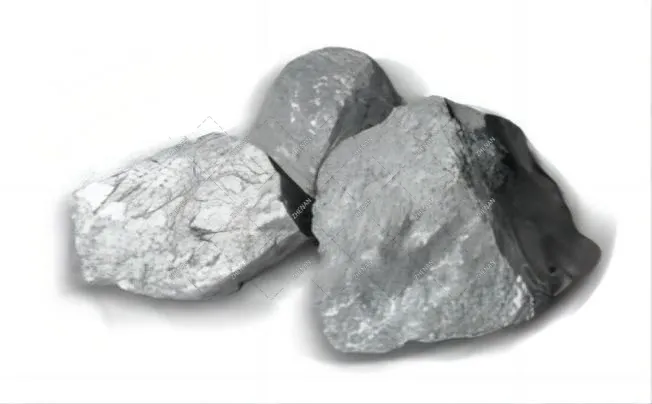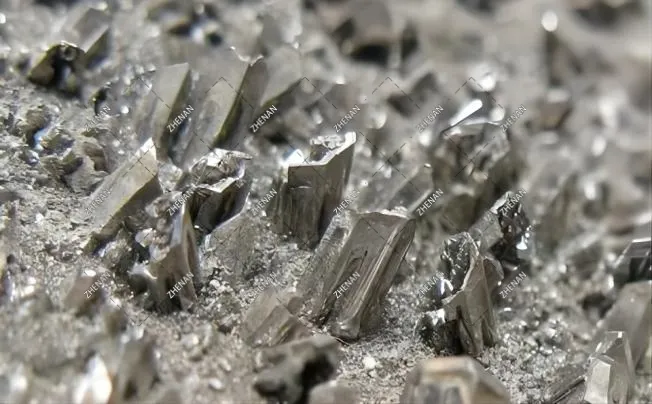What is Ferrotungsten?
Ferrotungsten is an alloy composed of iron (Fe) and tungsten (W). It is mainly used as an additive in steel production to improve the hardness, strength, and wear resistance of steel. Tungsten Source: Tungsten is a rare and precious metal known for its high melting point, density, and strength. Ferrotungsten is an important source of tungsten in various industries, including steel production and the manufacture of tungsten-based alloys.
Ferro Tungsten is a remarkably robust alloy because of its high melting point, tungsten has the second highest melting point after carbon. By combining iron with tungsten, the tendencies towards brittleness are overcome by the raw state of tungsten, and Ferro Tungsten is often a major component of popular superalloys.
How is Ferrotungsten Made?
Ferrotungsten is typically produced through a two-step process involving the reduction of tungsten oxide with iron. Here is a general overview of how ferrotungsten is made:
- Tungsten oxide production: The process begins with the production of tungsten oxide, which is obtained from tungsten ores. The ores are crushed, ground, and then chemically processed to extract tungsten. The extracted tungsten is further processed to form tungsten oxide.
- Reduction process: In the next step, the tungsten oxide is mixed with iron or iron-containing materials, such as iron scrap or iron ore. This mixture is then subjected to a high-temperature reduction process in an electric arc furnace or a submerged arc furnace. The furnace is heated to a temperature above the melting point of the materials.
- Alloy formation: As the mixture is heated, the tungsten oxide reacts with the iron, resulting in the reduction of tungsten and the formation of ferrotungsten. The molten ferrotungsten collects at the bottom of the furnace and is periodically tapped or poured out.
- Refining and solidification: The molten ferrotungsten may undergo further refining processes to remove impurities and adjust the composition as needed. Once the desired composition is achieved, the molten ferrotungsten is poured into molds or cast into ingots for solidification.
The specific details of the production process may vary depending on the manufacturer and the desired quality of the ferrotungsten. It’s worth noting that the production of ferrotungsten requires specialized equipment and expertise.
What is Ferrotungsten Used For?
In the manufacture of steel, ferrotungsten is primarily employed as an alloying component. Steel is given an addition to make it harder, stronger, and more resistant to wear. These are a few particular uses for ferrotungsten:
- Steel manufacturing In the steel industry, ferrotungsten is frequently employed as an alloying agent. added to steel to increase its tensile strength, wear resistance, and other mechanical qualities. When used in applications including the creation of tools, cutting inserts, and wear-resistant components, ferrotungsten helps steel perform better.
- Drilling industry: Due to its high density and hardness, ferrotungsten is employed in the drilling business. It is added to drilling equipment and tools to increase their toughness and resistance to wear. The performance and lifespan of drill bits used in oil and gas exploration are both enhanced by ferrotungsten.
- Electronics: In the electronics industry, ferrotungsten can be employed as a dopant for specific electronic components. It is included to improve the parts’ conductivity and magnetism.
- Chemical analysis: Chemical analysis techniques also make use of ferrotungsten. It can be utilized as a standard or reference material for the analysis of the silicon and carbon contents of tungsten ferroalloy.
Properties of Ferrotungsten
Ferrotungsten is beneficial in a wide range of applications due to its diverse set of characteristics. Some of the primary characteristics of ferrotungsten include the following:
- Hardness: Ferrotungsten is renowned for having a high hardness, which helps to increase its durability and wear resistance. Due to this quality, it can be used in applications where the material must survive significant wear and impact.
- Strength: As an alloying element, ferrotungsten, which possesses exceptional strength, can improve the mechanical properties of steel. Steel’s tensile strength and toughness are increased, enabling it to be used in demanding applications that call for a robust and long-lasting material.
- Ferrotungsten has a high density, which is beneficial in some applications. Its density makes it useful in sectors like aerospace and defense since it affects the weight and balance of pieces.
- Ferrotungsten has magnetic properties, which is advantageous in applications requiring magnetism, such as some electrical components and magnetic materials.
- Chemical stability: Ferrotungsten has a high degree of chemical stability, making it resistant to oxidation and corrosion. This characteristic guarantees the endurance and dependability of ferrotungsten-containing materials and components.









